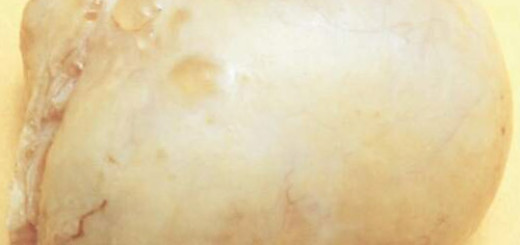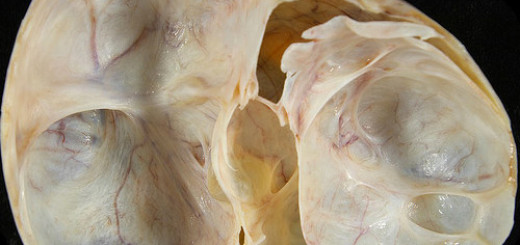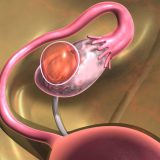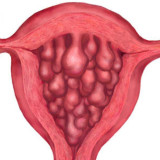It is called a Baker’s cyst, which is the formation in the popliteal fossa. When appears, it significantly reduces the mobility of the knee joint. The most common Baker’s cyst cause is inflammation in the knee joint.
In the medical literature different names of the diseases can be found, like bursitis of the knee or herniation of the knee joint, as well as Baker’s cyst, the most correct one in case of the formation presence. Patient feel really uncomfortable, especially when pulling or bending the leg, which is the first and the most specific sign of the cyst.
Often the cyst appears as a consequence of other knee problems such as arthritis or a cartilage damage. In this case, the popliteal fossa is filled with an excessive amount of fluid that stimulates the growth of the cyst.
What are Baker’s cyst causes?
A Baker’s cyst develops as a result of metabolic and dystrophic violations in joints. Most often that appear after injuries, meniscus failures, and as a result of inflammations. Rheumatoid arthritis, osteoarthritis, knee injury, damage to the cartilage, psoriatic arthritis, excessive exercise, osteoarthritis and so forth are among them. In some cases, Baker’s cyst cause of occurrence is not possible to establish.
We know that the main Baker’s cyst cause is an inflammation of the mucous in synovial bursa. It is between the semimembranosus muscle and the tendons of the middle of the gastrocnemius muscle head. And these synovial bursa exists in 50% of healthy people. The disease develops only due to the inflammatory process in it. It manifests with an increase of the cavity, limits of motion and pain in the knee.
When the inner synovial capsule of the joint becomes inflamed, the fluid released fill the cavity and stored in synovial bursa. The most common reason of the inflammation, which is indirectly aBaker’s cyst cause, is a knee disease of the synovial bursa.
Among other Baker’s cyst causes, are the following the diseases. They appear in knee tissues and lead to the formation of the cyst:
- cartilage damage
- osteoarthritis
- rheumatoid arthritis
- osteoarthritis
- knee injuries
- chronic synovitis (inflammation of the synovium)
- degenerative meniscus
- patellofemoral arthrosis
Symptoms of Baker’s cyst
Appearance and development of a Baker’s cyst in knee can be noticed by specific symptoms. At the initial stages the disease is manifested by some discomfort or no symptoms at all. But in future, the cyst grows and compresses the surrounding nerves. It causes pain, numbness and tingling in different leg area from knee to soles. All it prevents bending the knee fully.
Another Baker’s cyst symptom is changing appearance of the popliteal fossa. In particular, there is a small tumor formation felt during palpation, doctor should estimate its firmness and density.
In most cases, symptoms depend on individual patient and particular Baker’s cyst cause. Some do not feel anything special, while others suffer from intense symptoms such as:
- a sharp pain in the knee joint
- a decrease in its mobility
- swelling on the back of the leg
If have such symptoms you should immediately contact a doctor to diagnose the disease in time. It happens so that the tumor does not disappear by itself, or is a sign of another dangerous diseases, such as cancer or aneurysm of the popliteal artery.
Baker’s cyst treatment and complications – what to expect














